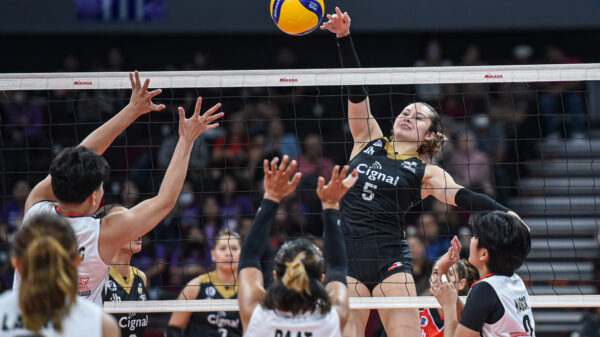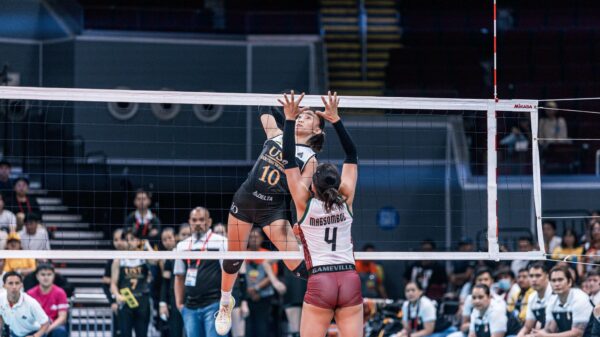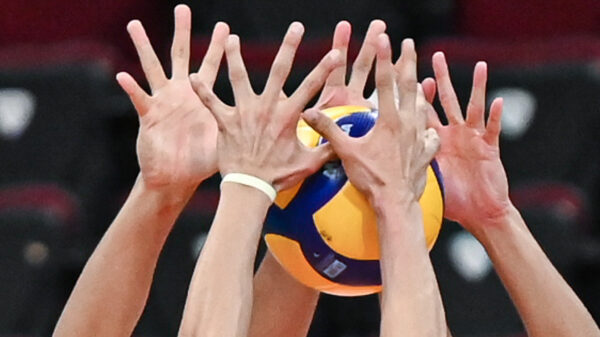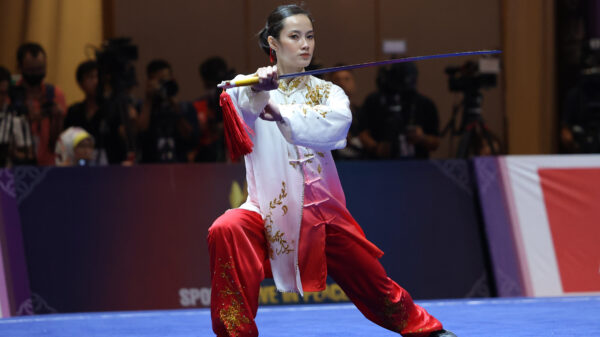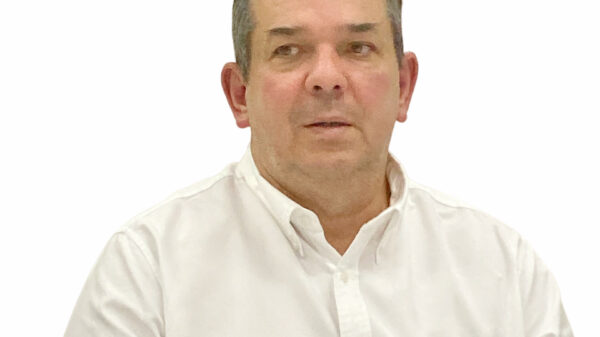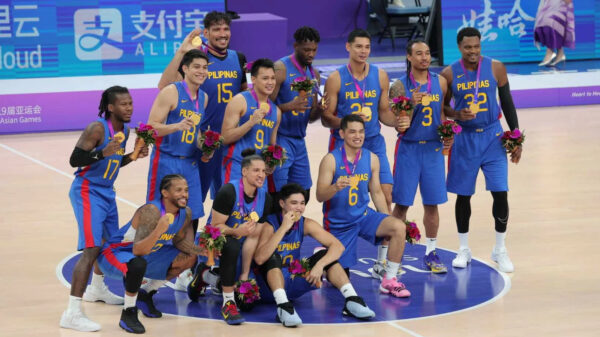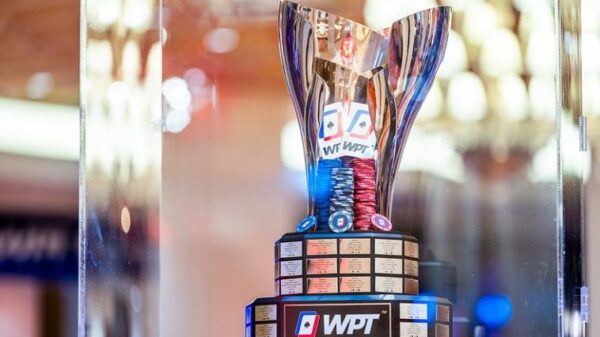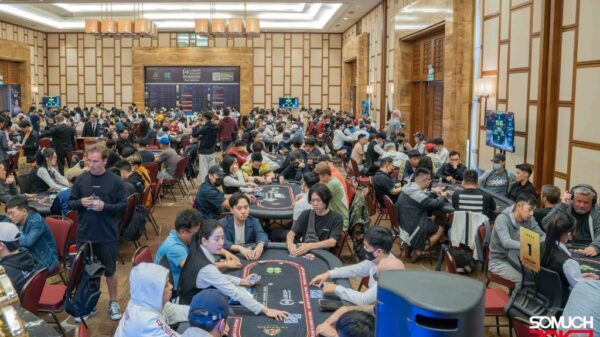We’ve gone so far since the Filipinos stepped out of the horse-drawn carriage and boarded a four-wheel motorized vehicle.
Back since Dr. Juan Miciano bought and used a French-manufactured Richard-Brasier in 1901, the Filipinos have carried on their love affair with cars and made it part of their lives just like, well, everybody else in the world.
Trading companies are given the credit for bringing cars and motorcycles here at the turn of the century, an alien form of transportation for a people who were just coming out of centuries-long foreign rule and but were about to undergo another.
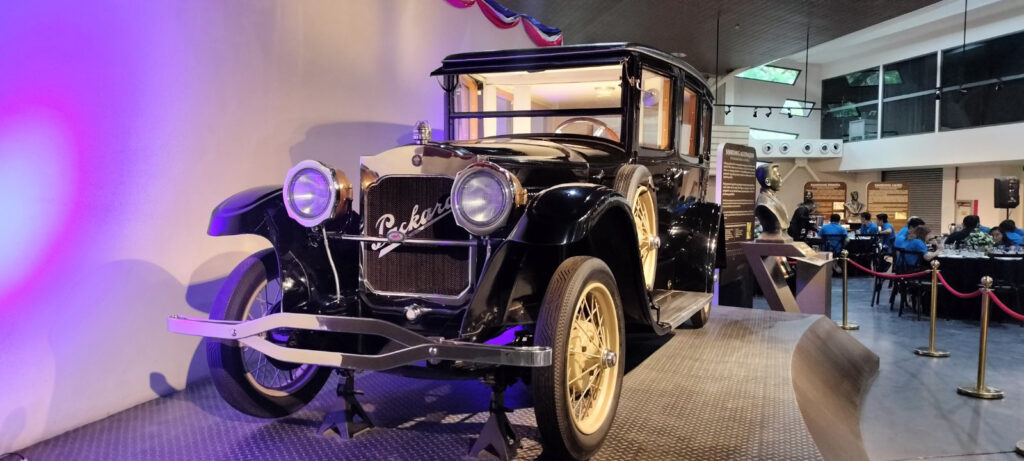
THIS grand old beauty is used by the Philippines’ first president, Emilio Aguinaldo. | Photograph by Marc Anthony Reyes for the DAILY TRIBUNE
Before Miciano, the United States Army Signal Corps have brought in electric cars (would you believe?) by Woods Motor Vehicle Company for its military operations.
It’s safe to say that the Philippines’ automobile industry started during the American colonial period. It is said that it would take at least three months to bring in a vehicle to the Manila via ship sailing from as far as Europe and the United States.
Among the first car brands to arrive at our local shores are, of course, American cars like Mercury, Buick, Chevrolet, Ford and Dodge. They have lorded it over from the 1920s to the early 1970s.
The Philippines also took the initiative to establish automotive assembly in the Southeast Asian region, protecting it from the deluge of fully assembled units via laws that impose high taxes.
By the 1960s, American- and European-made cars were a common sight on our roads. In that period, the Philippines was the No. 1 auto industry in Southeast Asia.
Japanese brands churned out units that boasted fuel economy and practicality, while the Americans, like the General Motors, turned in mid-size cars by European and Australian subsidiaries Vauxhall and Holden.
In the 1970s, local production of automobiles in the Philippines began with passenger and commercial vehicles. Because of the oil crisis that marked that decade, people leaned on smaller, more economical cars.
That caused the American full-size cars to lose popularity in favor of mid-sized sedans.
Then the government instituted the Progressive Car Manufacturing Program, a system with scheduled increases in local parts content requirement while allowing for built-up importation.
Among the brands that took part were General Motors, Ford, PAMCOR (a Chrysler/Mitsubishi joint venture), Delta Motors Corporation (Toyota) and DMG Motors (Volkswagen).
DMG around that time built “Sakbayan,” which was meant to become the native national car and was based on the Volkswagen’s Country Buggy.
Oh, people should remember how the Volks Beetle dominate our streets back in those times.
The 1980s were dominated by mid-size, compact and subcompact Japanese cars. But around mid-decade with the political turmoil in the country coming to a head, big companies closed shop and left the country.
The only ones which stayed were Nissan and Mitsubishi. That’s why for a time, all the brand-new cars you could see were Stanzas and Lancers — the boxed-type darlings of the Generation X.
Soon enough, Thailand has overtaken us and became the region’s “Motor City.” It was only by the end of the 80s that Toyota resumed business here along with fellow Japanese Big 3s.
By the 1990s, with the country now standing on steadier legs again, the automotive industry recovered and hit 138,000 units in 1996.
Between then and now, it has grown by leaps and bounds.
The Philippines’ automotive industry is one of the most robust in the Asia-Pacific region with an estimated cars sales of 440,000 units last year.
Most of the cars sold came from Japan led by its top brand Toyota. Plain to see because everywhere you look there’s a Vios on the road.
The no-frills, affordable and subcompact sedan had 37,971 units sold last year. In 2022, there were 34,465, according to industry reports.
Its upscale sibling, Lexus, is also making a mark.
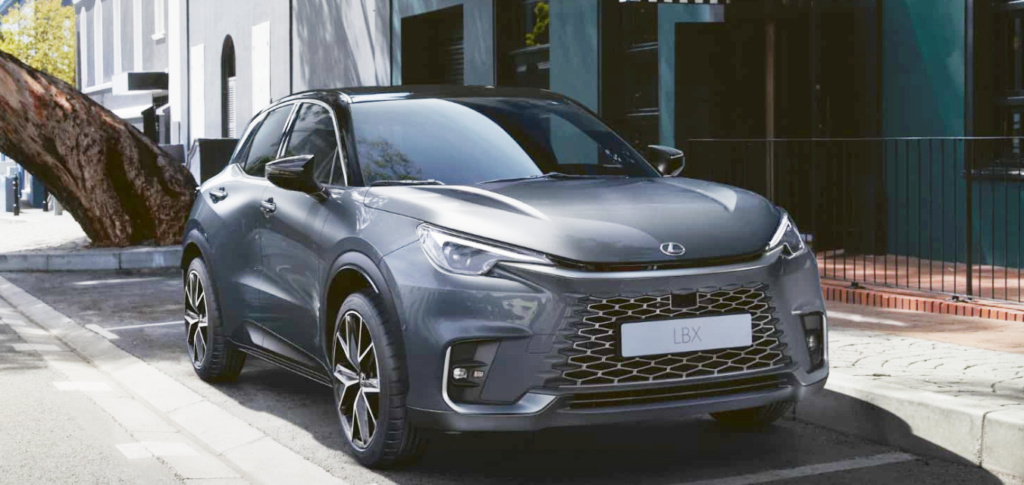
LEXUS LBX is next-level car. | Photograph courtesy of Lexus Philippines
Just recently it launched the Lexus LBX at the BGC, ahead of the world premiere set for June.
The LBX is equipped with wireless update via its software for an even more indulgent experience.
“It ensures a smooth ride by adjusting acceleration and deceleration torque according to the variations in road incline,” said the Lexus online article.
“This creates an intuitive driving experience that considers the driver’s intentions and road conditions.”
Clear sign that the Filipinos’ love for cars has grown deep through the ages.



